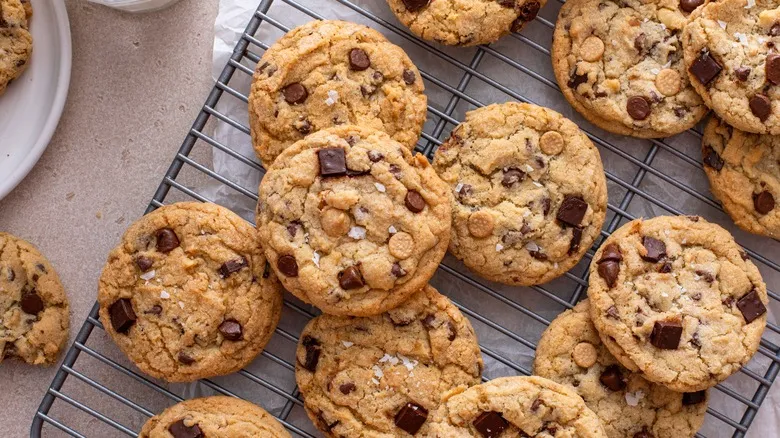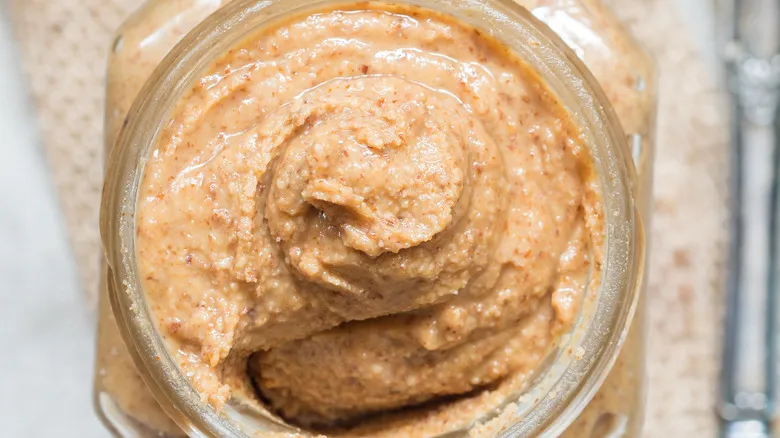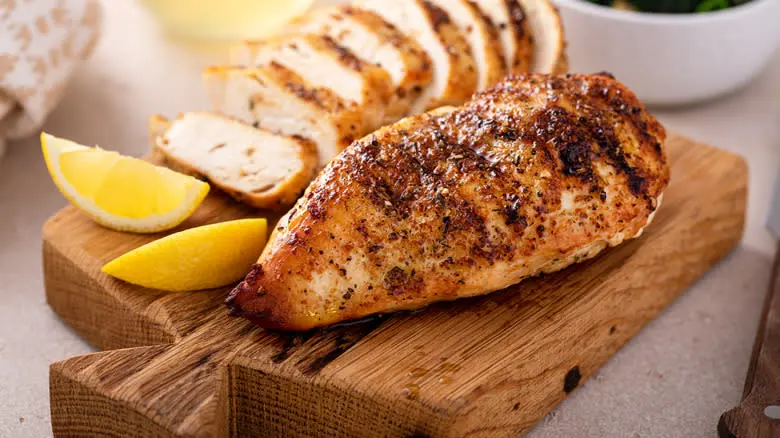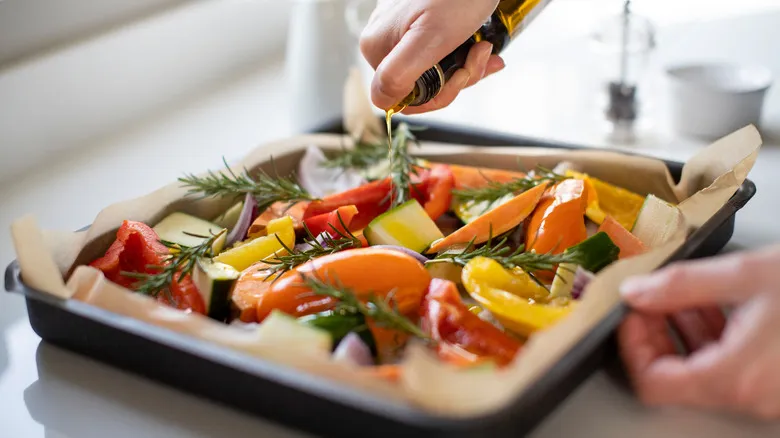What is brown butter?
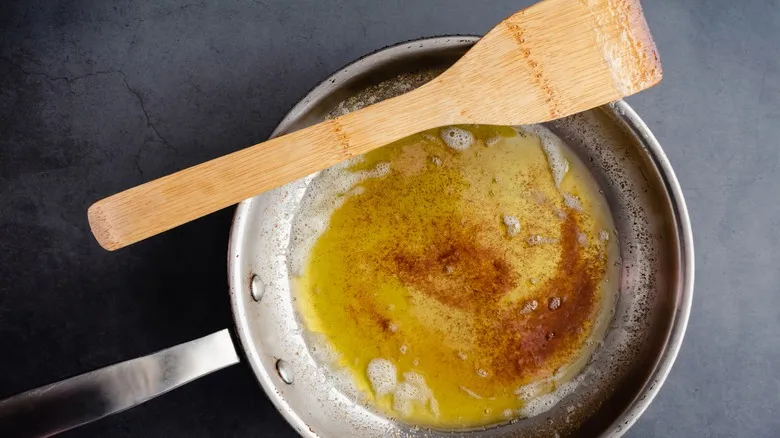
Brown butter is a variation of regular butter created by cooking the fat until the milk solids caramelize, resulting in a rich brown color. In French cuisine, it is known as "beurre noisette," which translates to "hazelnut butter." This name is fitting, as browned butter develops a nutty aroma and flavor reminiscent of hazelnuts. As the butter heats, the water content evaporates, intensifying the flavor.
Making brown butter is quite straightforward—just keep a close watch on the pan to prevent burning. Begin by selecting the highest quality butter you can find at your grocery store. Cut it into small, uniform pieces to ensure even cooking. Place the butter pieces in a light-colored pot or pan (this will help you monitor the color change) and set it on the stove.
Heat the butter over medium heat, stirring frequently to avoid scorching. You'll notice it starting to foam, and soon after, tiny brown specks will form at the bottom. This process typically takes between two to seven minutes, depending on the quantity of butter. As soon as you see the desired color, turn off the heat and transfer the butter to a heatproof bowl or jar. Be careful not to leave the butter in the hot pan, as it will continue to cook and may burn, leading to a bitter taste.
Elevate your recipes with brown butter
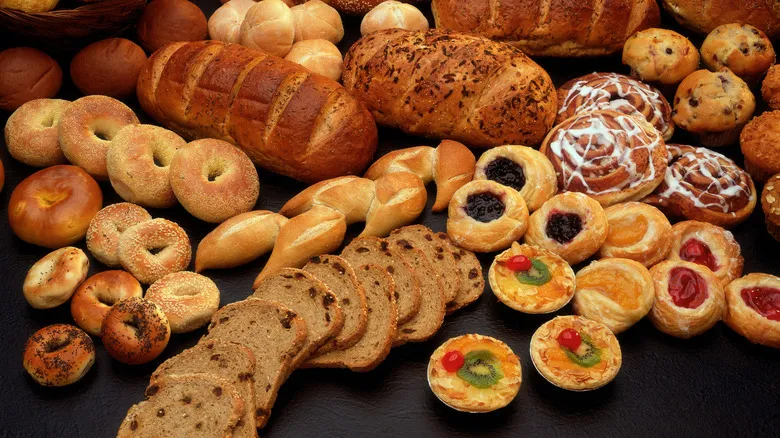
Once your butter has melted and turned a rich brown, allow it to cool before incorporating it into your pancake batter for the most decadent flapjacks. For the ultimate chocolate chip cookies, let the butter sit on the countertop until it reaches room temperature before mixing it into the dough. Keep in mind that when the butter solidifies, the small browned milk solids will settle at the bottom. Be sure to scrape these flavorful bits into the dough, as they add the most delicious taste.
In addition to pancakes and chocolate chip cookies, brown butter serves as an excellent substitute that enhances a wide range of dishes. The sweet undertones in various baked goods complement the nutty flavor of browned butter beautifully. Cakes, brownies, pastries, muffins, and even bread can be elevated from ordinary to extraordinary.
Moreover, many savory dishes can also benefit from this butter alternative. Consider any recipe you typically make with butter—whether it’s irresistibly creamy mashed potatoes, roasted vegetables, or fish fillets. You can even use it as a sauce. Once the butter develops that nutty aroma and rich color, toss in some extras like nuts, herbs, and spices. This blend will further enhance your sauce, and when you drizzle it over pasta or a filet, you'll be delighted by its familiar yet captivating flavor.
Recommended
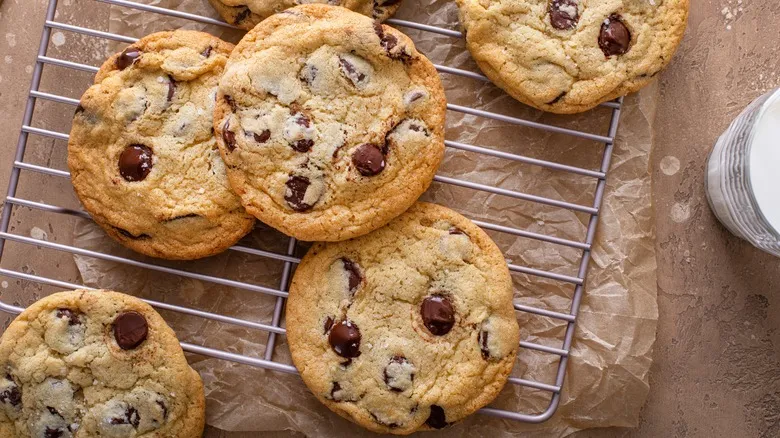
Roll Your Cookies In A Salty-Sweet Coating For Unforgettable Flavor
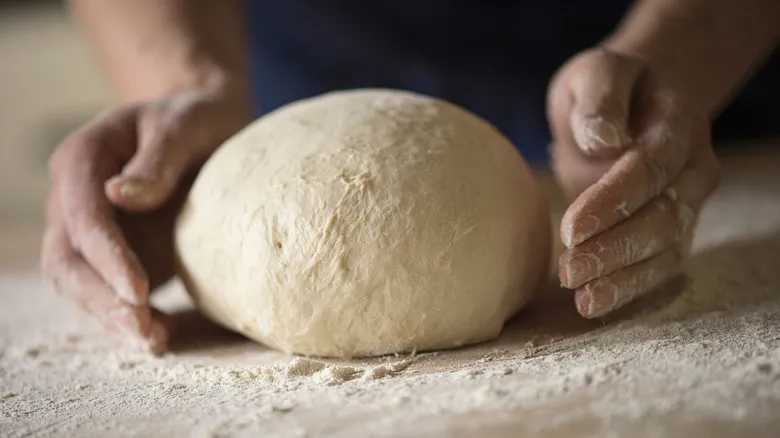
How You Measure Flour Greatly Impacts Impacts Your Homemade Bread
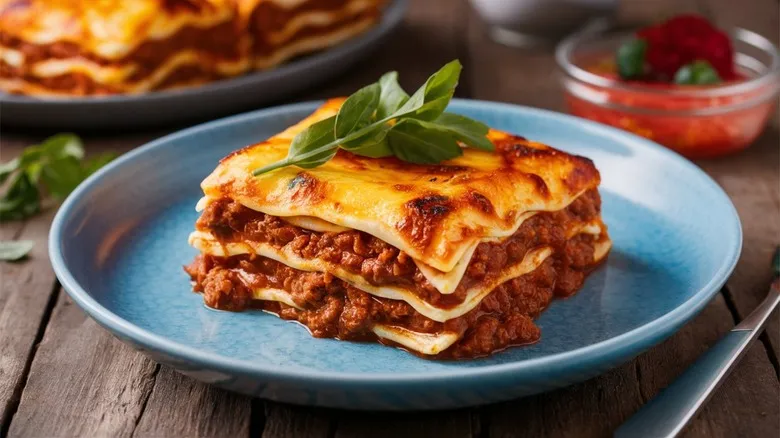
The Best Way To Reheat Lasagna In The Oven For First Night Flavor
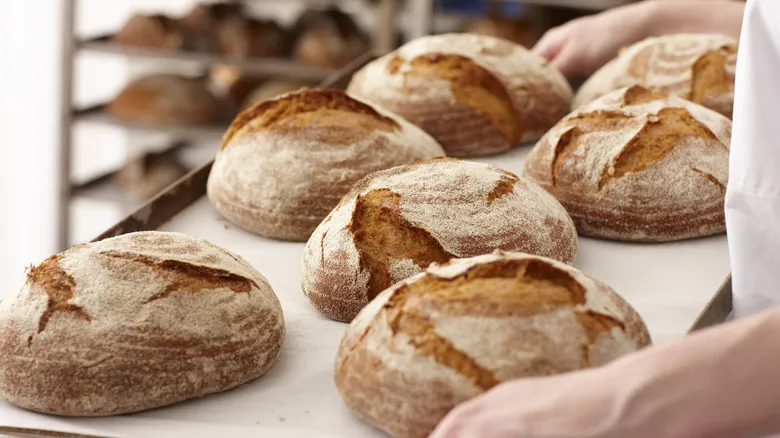
The Hardest Bread Baking Step And How To Get It Right
Next up

